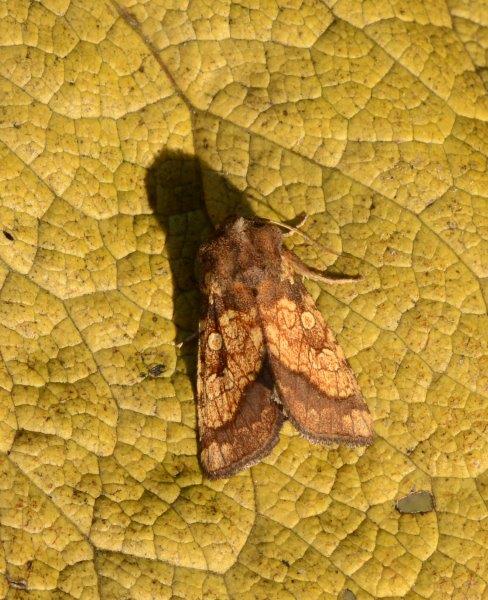 |
| The Arun to Adur farmers group - a very exciting project |
I have been involved with running a number of courses across
the country over the last week or so, which sort of reminded me just how varied
my role with the GWCT is!
The cluster of farmers that I helped bring together in the
Sussex Downs, so that they could manage the downland that they farm in a more
joined up and cohesive way, has gone from strength to strength. As a group they
decided to apply for the new Natural England “facilitation fund”, which will
enable them to fund someone to oversee and organise what they collectively do.
Enter Colin Hedley, a top notch local independent environmental
consultant. He teamed up with the existing group who had already been working
so well together, consisting of the farmers of course, ably represented up by whole-hearted
and passionate estate manager Peter Knight, myself (GWCT), Sue Simpson (Natural
England), Bruce Fowkes (RSPB) and Nigel James (South Downs National Park). A thoroughly
refreshing team to work with as we “all sing from the same hymn sheet” – ie: the
practical delivery of integrated landscape conservation.
To cut a long story short, the application Colin headed up was
successful and the newly named “Arun to Adur” – (Abbreviated to A2A – and so
named because it is the area between these two rivers) farmers group held its
first meeting to discuss the future ways in which it will deliver the main targets,
namely, to improve the conservation of soil, water and wildlife across the
downs. (Plus much more besides!)
It is a fantastically enthusiastic group consisting of 24
farmers (which is already rising!) who farm and look after some 8299 hectares of
the South Downs and I’m quite sure that with Colin’s leadership, the group will
thrive. You will be hearing more about the A2A farmers group over the coming
months.
 |
| Farmers learning about birds at Richard Matthew's farm in Oxfordshire |
The next stop was to help run a “Farmland bird event” in
Oxfordshire, organised by the Campaign for the Farmed Environment (CFE) adviser
in the county Tim Clarke and we were also joined by RSPB adviser Kirsty Brannan.
The morning event took place on Richard Matthew’s farm at Caswell, not far from
Witney. Richard is a good friend of mine and I have over the years seen him
transform his farm into a top notch example of how to integrate conservation
into good farming practice. Richard is also
a keen rugby enthusiast, so once we had discussed the woes of the England team,
we set all set off to look around his delightful farm.
Birds abounded! We saw Little Egret, Heron, Kingfisher,
Yellowhammer, Linnet, Goldfinch, Reed Bunting, Fieldfare and Redwing, just to
mention a few! We also saw the reason behind why these birds were in such numbers
– lots of wonderful habitats of seed bearing crops grown especially for them,
insect rich areas, managed water courses and permanent pasture amongst the
arable stubbles. A most enjoyable way to spend a morning!!
 |
| The Kings event: To learn about conservation crops, there is no better way than to get in them! |
Then onto Buckinghamshire for an event organised by Kings Seeds,
a highly professional company that does not just sell conservation and shooting
cover crops to land managers, but also goes to great lengths to emphasis best
practice while growing them. The event was held at George Eaton’s Rectory farm,
the recent winner of the famous Purdy award.
There can be no farmer in the land that can match George for
his enthusiasm of “all things countryside”! He is a true ambassador for the
farming profession. So it was no surprise that we had a most enjoyable day
hearing talks in the wonderful function room he has built. (So that groups ranging
from us through to the local Brownies, can be educated in the ways of farming
and conservation). This was then followed by a trip around the farm to look at
and discuss top quality conservation crops.
So, do not let anyone tell you that there is not much happening
out there on farms – because there is so much amazing stuff going on – it really
is very heart-warming!




